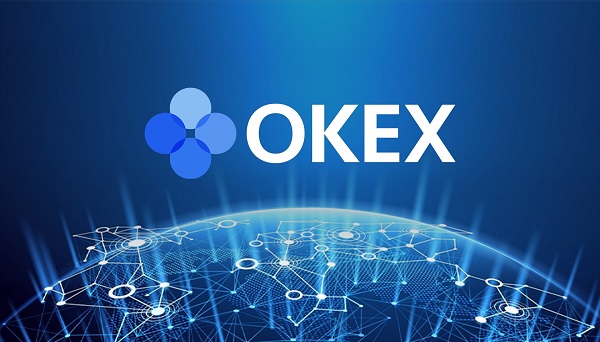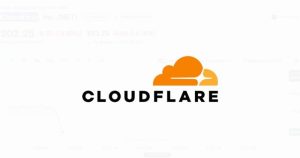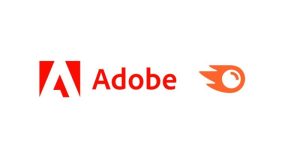‘The Audience for Defi Is Millions or Even Billions of People,’ Says Aave’s Marc Zeller

BeinCrypto spoke to Marc Zeller, Integrations Lead at Aave, about where the protocol is headed and how DeFi will change the future financial landscape.
While they’ve been around for a while, the Aave protocol most know launched in 2020. The peer-to-peer lending platform rebranded from its original ETHLend and picked up the liquidity mining pool model before becoming one of the most celebrated DeFi protocols out there.
In 2020, the platform saw its total value locked surge over 560%. While this was part of the larger “DeFi Summer of 2020”, Aave proved to be one of the best performing among this larger pool overall.
However, the team hasn’t rested on their laurels, with 2021 proving to be an equally expansive year. Already, a platform launched their automated market maker (AMM) market. This market allows Uniswap and Balancer users to deposit LP tokens as collateral in the protocol.
Bringing in Layer 2
In addition, Aave has also introduced some Layer 2 solutions to improve transactions.
“We also launched recently the Polygon markets because the transaction fee on Ethereum were quite an issue.”
For Zeller, this move was necessary as the DeFi Summer of 2020 pushed transactions fees so high that users with lower investments and capital became excluded.
“It’s true that for many people, by the Summer of 2020, using decentralized finance applications, if you were worth less than five figures, it was quite inaccessible,” he says.
As a result, Layer 2 solutions have found a home as an answer to this inaccessibility.
“So you can deposit, borrow, lend and do everything you want inside the Aave protocol for 1% of the total sends. That made DeFi accessible again for a broader audience, and a lot of people like them contacted us saying ‘thank you, I can use DeFi again because I was priced out of DeFi, or I discovered the fight for the first time on the Polygon market.’”
Aave isn’t just stopping at Polygon. Zeller says they are planning integration with Arbitrum and other yet-to-be-announced platforms.
In addition to its enticing original flash loans proposition and growth since then, Aave’s community is active and growing.
While many may think that DeFi protocols rely on smart technology or great platforms to bring in their community, for Zeller, it’s something else entirely — memes.
“Memes. So, if you want to success in DeFI say what we are seeing on the internet. It usually works.”
This may seem strange, but Zeller’s point is identifiable across DeFi Discords and Telegram channels. Having a dedicated meme channel is key to great audience interaction.
For Zeller, there is a specific part of the meme narrative he finds particularly attractive.
“But it’s true, like it’s jokes, obviously, but it’s true. Like, we want to provide an alternative to traditional finance, it’s time to eat the rich, and provide the narrative where everybody can have their fair share of the cake.”
Enabling a fair share of cake
When it comes to how DeFi will enable this equitable cake sharing, Zeller discusses what is needed for this new financial frontier to truly mainstream. These include improved infrastructure, better user experience and effective on-ramps.
Infrastructure
“The first thing is the infrastructure. So, the Ethereum network as it exists right now, it’s not ready for mainstream adoption.”
“So basically, the DeFi and the whole Ethereum ecosystem was a victim of its own success. During the summer of 2020, what we call the DeFi Summer, basically the public blockchain, the amount of transactions you can do is limited by the technology itself,” he explains.
“As more and more people were willing to use this new kind of financial services. There’s been some kind of auction event that happened inside the ecosystem. The more you pay, the more you’re sure you are a part of it.”
“That’s not a satisfying solution and that’s definitely not good enough to onboard, mainstream users.”
Zeller explains how at the peak of this boom, depositing into protocols cost around $20 or $30.
“That’s okay if you have $1 million, but definitely not if you’re a regular human being like us. So the first thing to allow mainstream adoption, you need to, basically, scale-up.”
However, for Zeller, even the current layer 2 solutions aren’t quite right. While the fees are lower, he still considers $5 too much for the average person.
“And so you need a different scaling solution, working at the same time, and that’s basically the what we call the multi-market approach, or the new frontiers approach at Aave,” he says.
For this approach, Zeller explains integrating multiple markets frees up the congestion.
“Multiple pathways will allow the mainstream audience like millions of user to use DeFi services because you will have the infrastructure to follow that.”
The DeFi user experience
Alongside infrastructure, Zeller impresses the need for an improved user experience.
“Right now, in the community, it seems natural to have an account on the centralised exchange and then send a wire transfer there and then buy something on whatever platform then withdraw that to a Metamask wallet or ledger device or whatever. But 99% of the people out there, they just won’t do that because it’s, it’s pretty complex, and it doesn’t have to be that way.”
“Basically, our vision at Aave is that we are a middleware, so we are building block where older applications and older services can basically provide services on top of the other protocols, and there’s already like multiple services that are easier to use, and more accessible, that basically plugs into the Aave protocol,” he explains.
Adding the on-ramp
The final bottleneck Zeller sees to adoption is at the level of the on-ramp.
“We need to have a DeFi experience that is as easy as the experience we have with a neobank. For example, right now on Revolute, you have your icons, you can directly wire to an iPad that is linked to a debit card, and you can buy crypto. Like with a few clicks on the app or you can buy stocks, and it’s super easy everything in the same app, you don’t have a fancy term like seed phrase or blockchain or blocks of transaction fee so this kind of thing, you just do it.”
Zeller believes that the DeFi world are going to reach this stage in 2021.
“I really believe that the addressable market and the audience for DeFi is millions or even billions of people.”
Disclaimer
All the information contained on our website is published in good faith and for general information purposes only. Any action the reader takes upon the information found on our website is strictly at their own risk.















